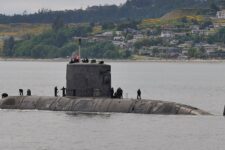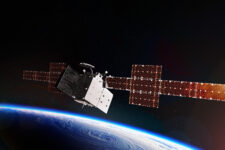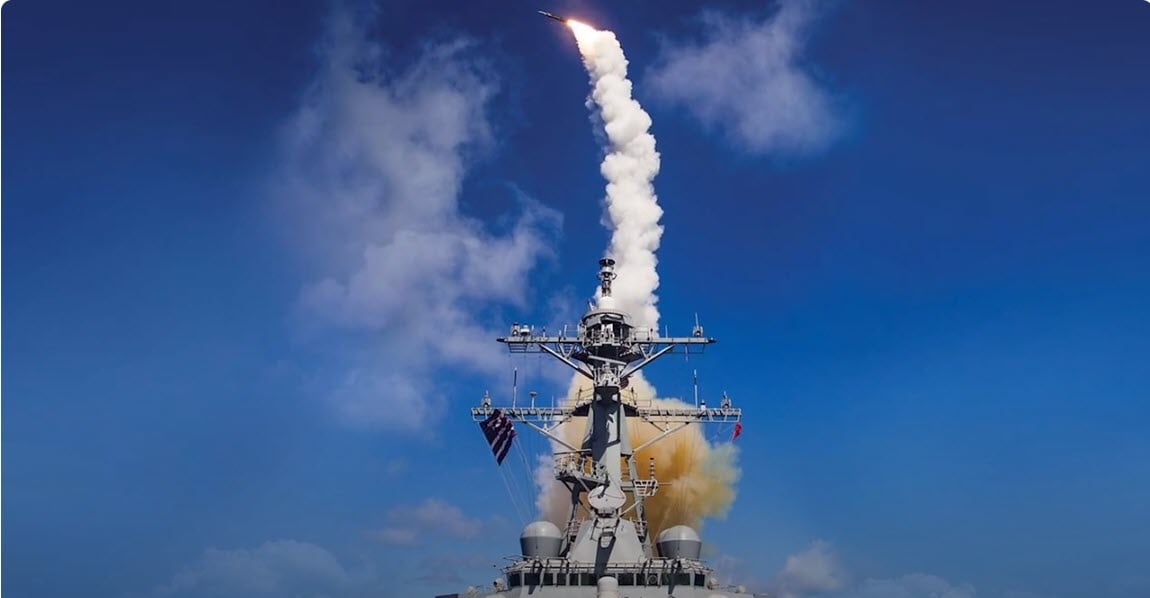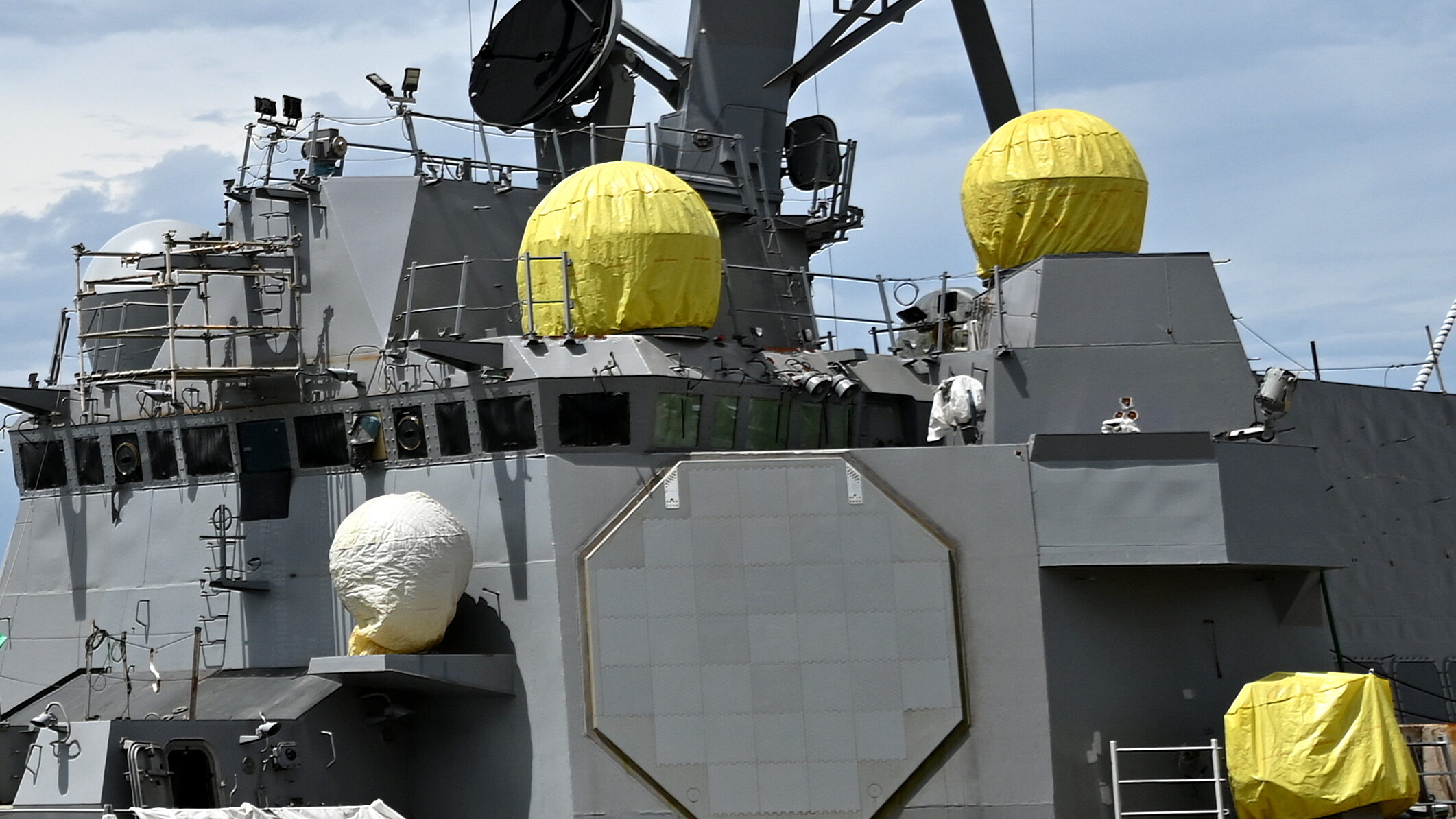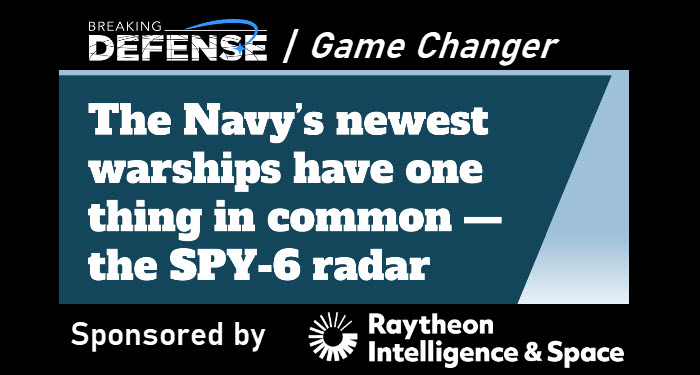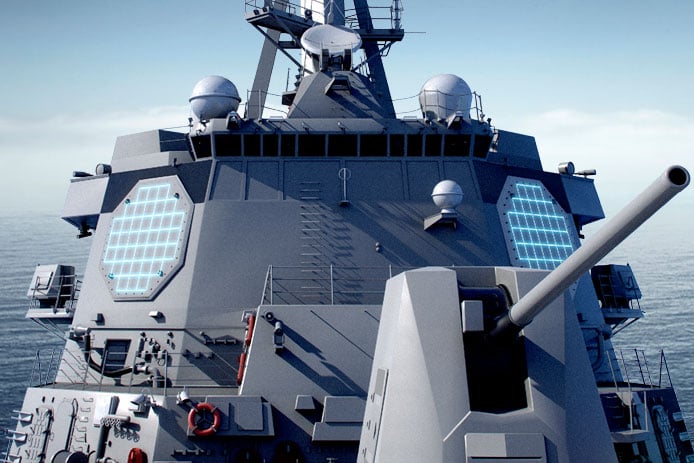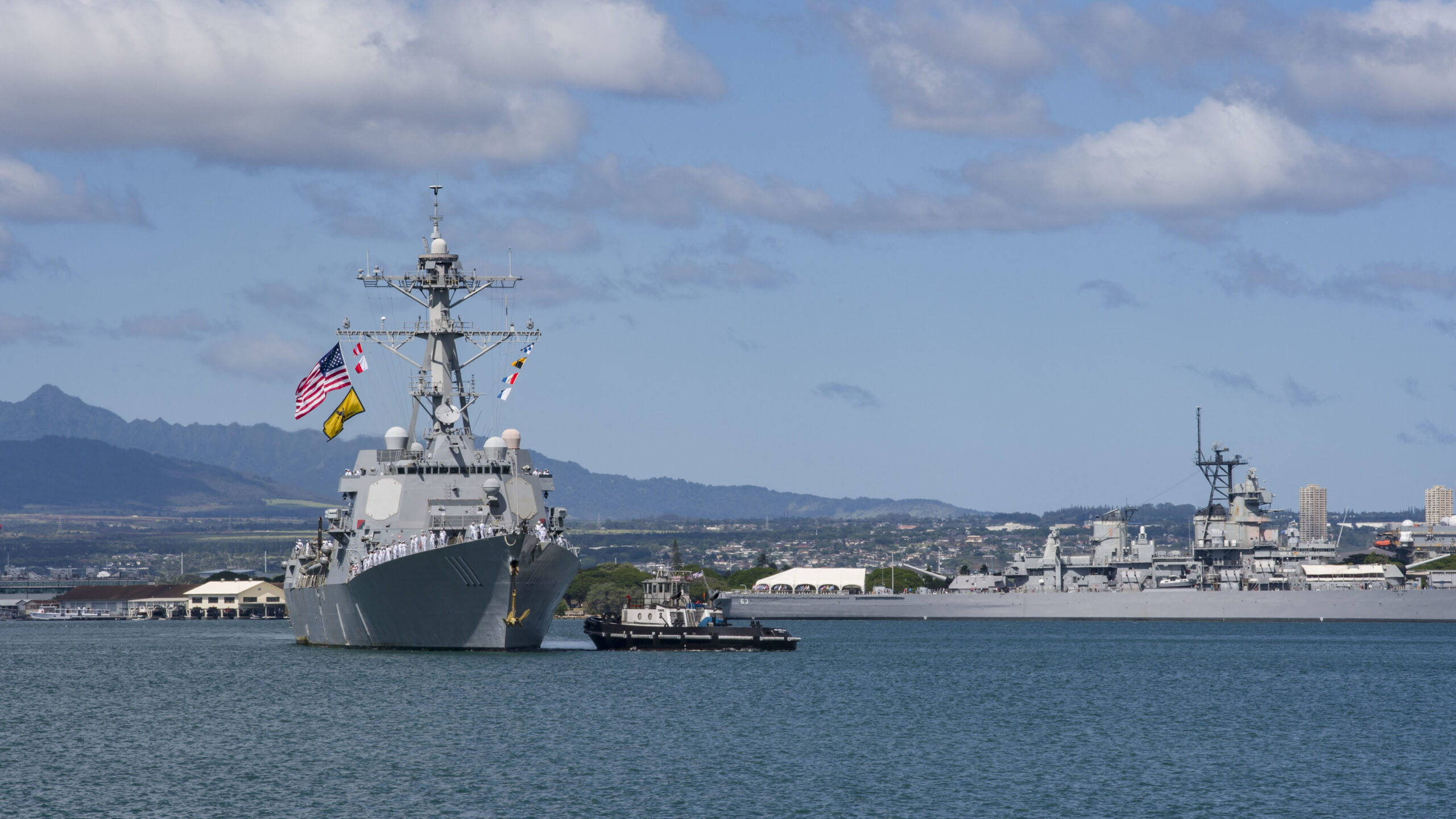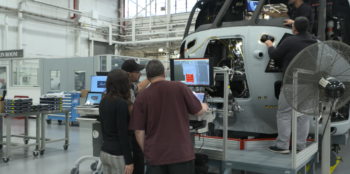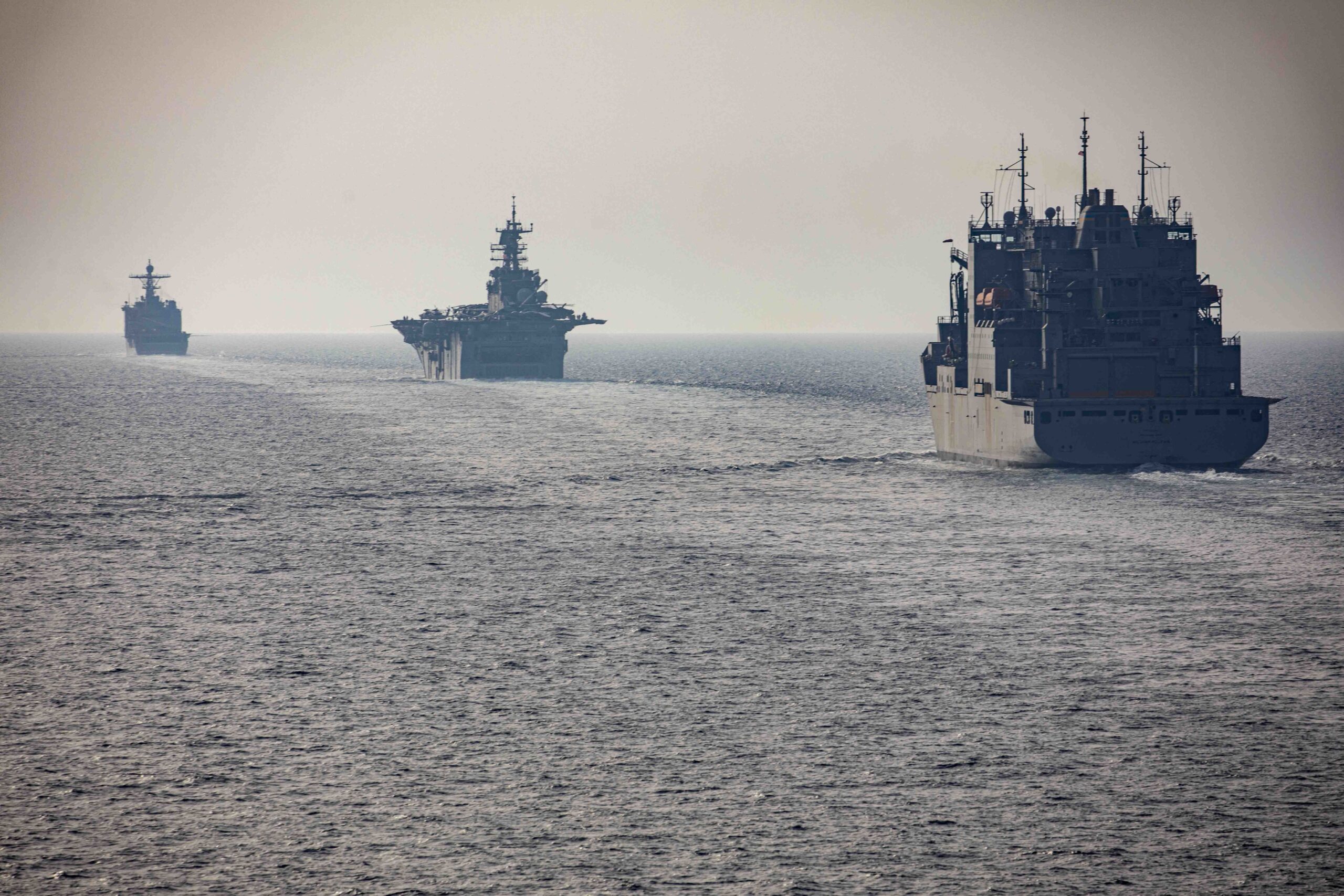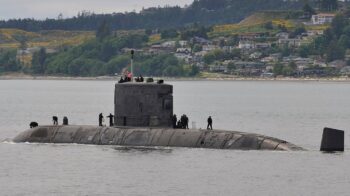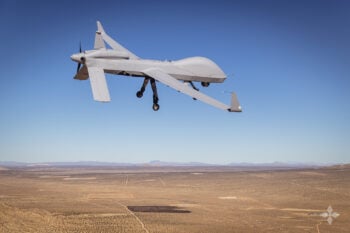
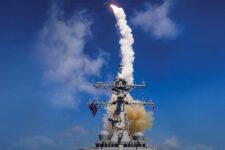
Defending U.S. naval forces in the Pacific, Red Sea, and elsewhere require a range of systems from close-in weapons to anti-ballistic missiles.
By Breaking Defense
The contract is part of a larger deal, cumulatively worth $3.2 billion, the Navy and Raytheon inked in 2022.
By Justin Katz
The Flight IIA Arleigh Burke-class destroyers are expected to receive the SPY-6(V)4 radar.
By Justin Katz
The ability of the SPY-6 family of radars to meet today’s new threats is due to both its modular and scalable hardware and its software-defined backbone.
By Breaking Defense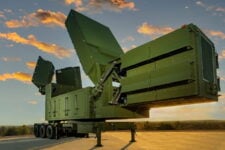
The Lower Tier Air and Missile Defense Sensor is designed to detect threats from 360-degrees, ranging from UAS, 5th-generation fighters, helicopters, cruise missiles, and ballistic and non-ballistic missiles.
By Breaking Defense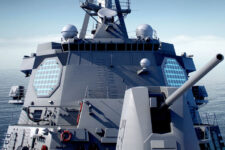
The ability to track smaller and faster objects at longer distances gives naval vessels more time to respond to incoming threats.
By Breaking Defense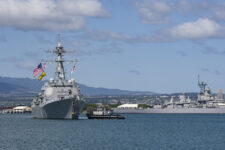
The new radar represents a significant jump in capability from the flight IIA’s current technology.
By Justin Katz
The Senate’s draft defense policy bill calls for the Navy secretary to produce a business case analysis for buying amphibious ships using block buy authorities.
By Justin Katz





